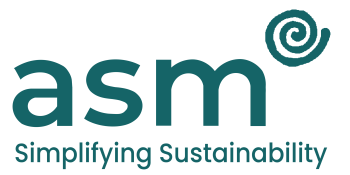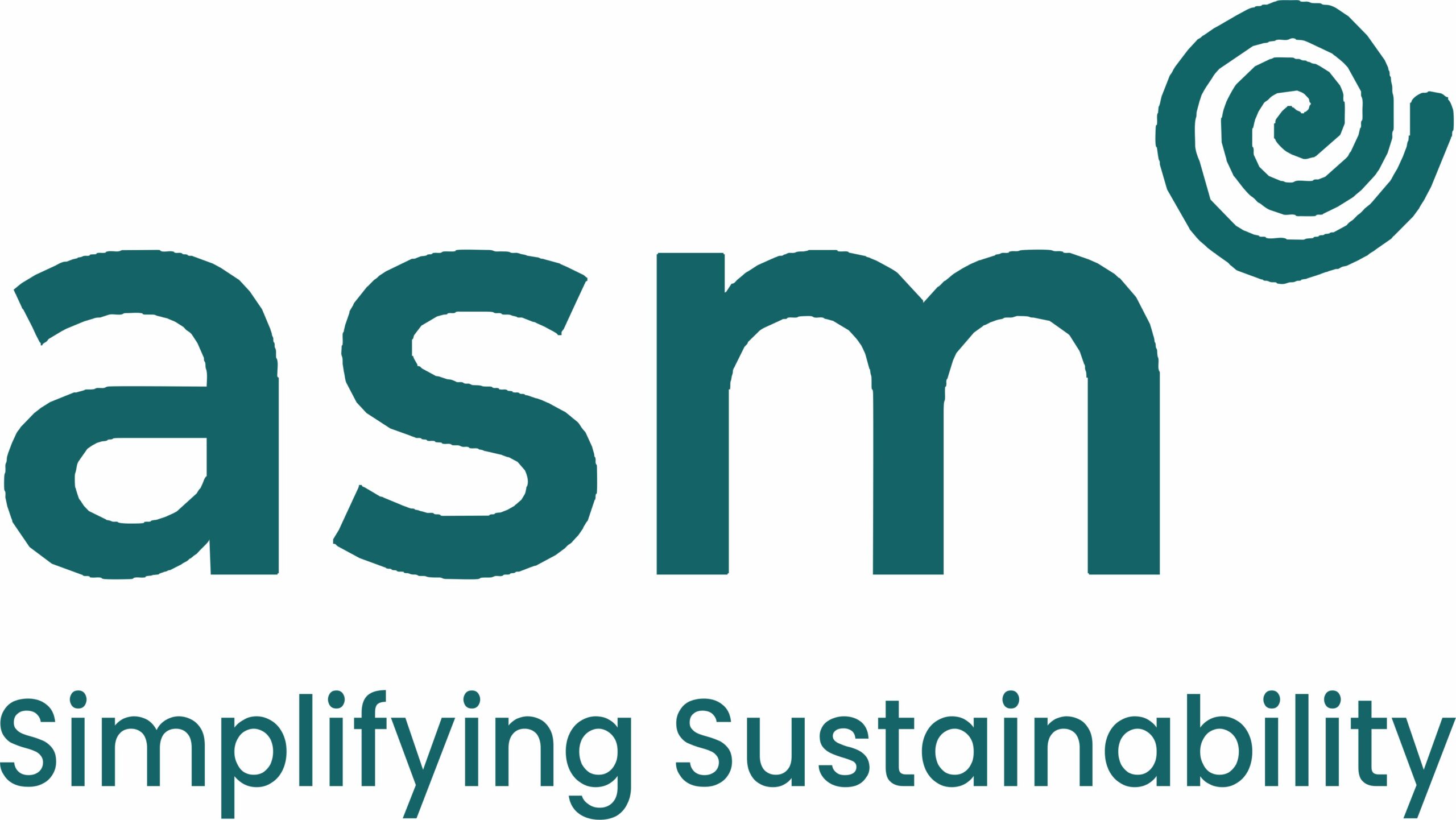The chain of custody is a crucial process that ensures the traceability and accountability of materials throughout the entire supply chain. It involves tracking materials from their source to the end product, using a combination of procedures, technologies, and documents.
There are four main chain of custody models that are commonly used to achieve this goal:
1. Sequential Chain of Custody Model:
In this model, each participant in the supply chain is responsible for documenting and transferring custody of the materials to the next participant. This ensures a clear and traceable flow of materials from one stage to another.
2. Parallel Chain of Custody Model:
In the parallel model, multiple participants in the supply chain are responsible for handling the materials simultaneously. Each participant maintains their own chain of custody records, which are then reconciled at the end of the process to ensure accuracy.
3. Centralized Chain of Custody Model:
In the centralized model, a central authority or organization is responsible for maintaining and managing the chain of custody records. This provides a single point of control and oversight, ensuring consistency and accuracy throughout the supply chain.
4. Distributed Chain of Custody Model:
In the distributed model, the chain of custody records are distributed among multiple participants in the supply chain. Each participant maintains their own records, which are then shared and reconciled with other participants to ensure transparency and accountability.
Each of these chain of custody models has its own advantages and disadvantages, and the choice of model depends on the specific requirements and characteristics of the supply chain. Regardless of the model used, the chain of custody process plays a vital role in ensuring the integrity and sustainability of materials throughout the supply chain.





